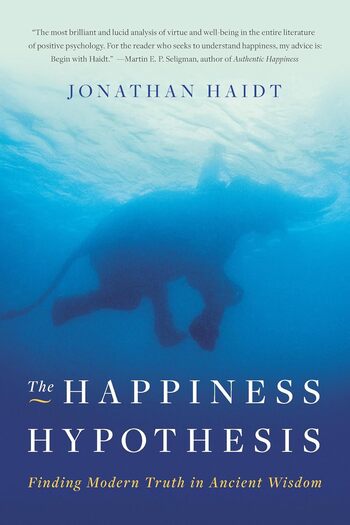
The book explores the art and science of making predictions, highlighting how data overflow creates challenges by obscuring the true signals amidst noise, and offering strategies for improving forecasting accuracy.
Main Lessons
- Understanding the differentiation between signal and noise is crucial for accurate predictions.
- Data growth often outpaces our ability to process information, leading to forecasting challenges.
- Predictive failures often stem from flawed models rather than unexpected events.
- Correlation does not equate to causation; seek logical explanations for data relationships.
- Embrace probabilistic thinking to handle reality’s complexities and uncertainties.
- Update forecasts with new evidence, even if it contradicts prior beliefs.
- Successful predictions involve weighing both qualitative and quantitative data.
- Base decisions on all available evidence, seeking consensus among information.
- Use Bayesian thinking to refine predictions with new information, staying adaptive.
- Recognize that in dynamic systems, small errors can escalate into significant prediction inaccuracies.
- Lack of theoretical understanding can exacerbate forecasting difficulties in complex domains.








